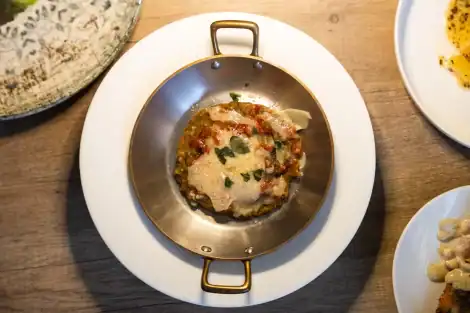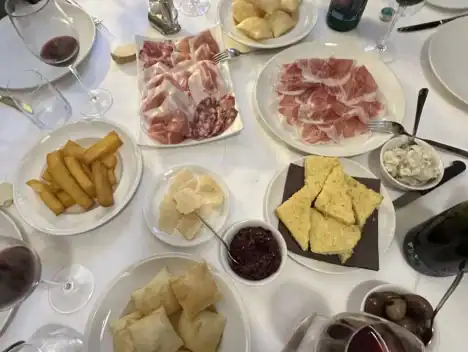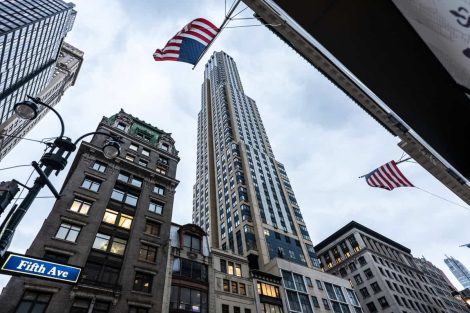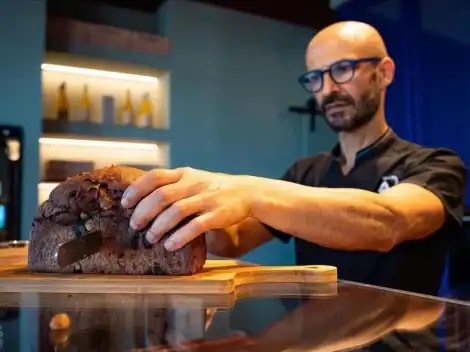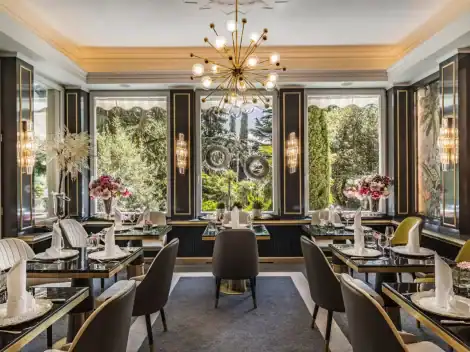The production area of Fiano di Avellino encompasses an area in the province of Avellino characterized by many differences in microclimate, soils, and altitude. Each terroir expresses different wines, pieces of a mosaic that paints a complex picture of the grape variety. Nuances capable of transparently revealing the identity of the places where the wines are born. We visited the cellars and spoke with the producers, aiming to highlight the peculiarities of each individual area within the appellation.
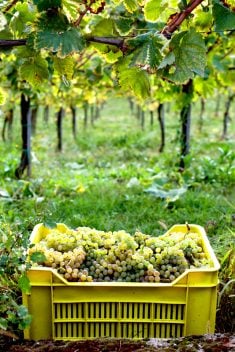
The grapes of Tenuta Scuotto in Lapio, at the heart of the appellation. Opening with Tenuta Sarno in Candida
Lapio
The Lapio territory historically represents the heart of the appellation. Here, many production companies thrive, and the wines are highly distinctive. "From here come very rich bottles from a taste perspective; the wines exhibit aromas of wild fennel, hazelnut, magnolia, and lime blossom. If harvested at full ripeness, they develop aromas of ripe fruit and tropical fruit, hints of honey, beeswax, and over time, traces of summer hydrocarbons," recounts Adolfo Scuotto, who owns a cellar here. This is also thanks to the fact that the area is always very ventilated with good temperature variations even during the months. The soils have a volcanic substrate of pumice and lapilli, covered by clay and sand.
An even more particular aspect is found in the cru of contrada Araniello, where the Colli di Lapio cellar produces tense and crystalline wines, of great expressive purity. "We are at 630 meters, in the highest and coolest area of Lapio, the last to be harvested," says Carmela Cieri, describing the characteristics of her vineyards. "The northeast vineyards give more herbaceous and green wines, while the southwest ones offer wines with floral and more mature fruity notes. The Fiano di Arianiello always expresses excellent acidity, with hints of flint and graphite."
Montefredane
In the Montefredane area, some reference estates of the appellation are present. Vadiaperti, for example, interprets the terroir by slightly anticipating the harvest to emphasize the acidic component. In the same style, Pietracupa moves, while Villa Diamante and 23 Filari prefer a greater maturity of the fruit. "The young Fiano di Montefredane is shy and austere, lacking the aromatic and fruity explosions of the Fiano di Lapio," explains Raffaele Troisi, owner of Vadiaperti. "From here come vibrant and sapid wines that need time to express themselves. They are very long-lived and slowly evolve towards notes of incense and gunpowder."
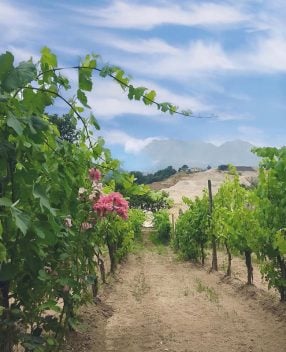
The vineyard of the I Favati winery in Cesinali
San Michele di Serino and Cesinali
In these two areas, some very important cellars operate, including Villa Raiano, Cantina del Barone, and I Favati. The first produces different Fiano labels, including Bosco Satrano, which comes precisely from San Michele di Serino. With Raffaele Del Franco, we delve into the characteristics of this area. "Our vineyard is in Contrada Bosco Satrano, on deep and very stone-rich soil, with a good presence of limestone. And already the first three vintages highlight the peculiarities of the terroir: the wine is delicate and refined, fine and chiseled, less rich and ample compared to the wines of Lapio." The I Favati cellar is located in Cesinali. Rosanna Petrozziello, who manages the estate with her husband, talks about their Fiano Riserva Pietramara: "It's a wine born in Atripalta, in contrada Pietramara, which has a concave shape and soils rich in rocks and limestone marls. The Pietramara Riserva comes only from grapes from an old north-exposed vineyard: just bottled, it is fragrant, floral, and fruity, then with aging, it develops smoky and flinty notes typical of the terroir."
Candida and Montefalcione
These areas have been highlighted mainly by the work of two cellars: Tenuta Sarno 1860 and Donnachiara. Maura Sarno, owner of the first, describes the Candida terroir: "The vineyards are at 630 meters above sea level: the climate is cool, it always snows in winter, and the grapes have significant acidity. The soils are clayey and have the white calcareous rock from which the town takes its name. In hot years, Candida produces the best wines because it combines fruit ripeness with great freshness. Here, the grapes ripen slowly, and harvest takes place late, in the third week of October. The wines are intense, with a powerful structure, remarkable acidity, and a characteristic finish of toasted hazelnut." Alessio Gaiaschi, winemaker at Donnachiara, focuses on the uniqueness of Montefalcione. "Our vineyard is almost a single body and is located at 450 meters, in the Pietracupa locality: here we make very late prunings to avoid spring frosts. The first part has soils richer in rock, giving the wines minerality; the lower part is clayey, giving power and intensity. The wines from this area are characterized by hints of hawthorn, balsamic and officinal herbs, and have remarkable freshness and sapidity."
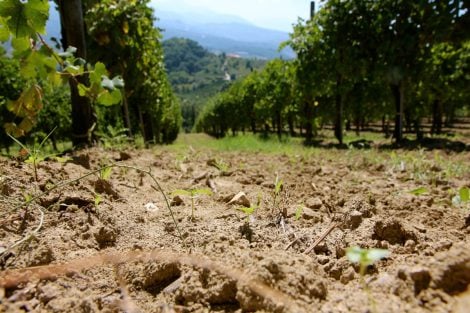
The soil of the vineyard of Fonzone winery in Paternopoli
Salza Irpina, Sorbo Serpico, and Parolise
This area hosts cellars that have contributed significantly to the fame of Fiano di Avellino. Roberto Di Meo talks about Salza Irpina. "The Fiano here has less gustatory intensity than Lapio but possesses remarkable persistence. Lapio immediately expresses richness, while Salza gives softer and delicate notes reminiscent of chamomile. Then, with aging, it evolves towards greater fullness and volume on the palate." With Pierpaolo Sirch, director of Feudi di San Gregorio, we explore the character of the Sorbo Serpico area through the Pietracalda label. "It's a historic cru of Feudi. The soil has a very peculiar composition with a presence of dense and rather tenacious clays. The wines have a unique aromatic expression, with vegetal sensations reminiscent of officinal and balsamic herbs, almost pyrazinic. It's an atypical Fiano: blindfolded, it's challenging to position it in Irpinia and even recognize the grape variety." The Fonzone cellar is located in Paternopoli and manages vineyards in different areas of the production area of Taurasi and Fiano di Avellino. The most important
Fiano vineyard, from which the Sequoia Reserve is born, is located in Parolise and has special characteristics. Francesco Moriano, winemaker at the cellar, tells us about it. "The old Parolise vineyard has a sand percentage that exceeds 60%, while the rest of the Sabato valley is almost all clayey. It's a draining and light soil that gives wines of great elegance and finesse, with rather high acidity even at full ripeness. Thanks to these characteristics, it's possible to postpone the harvest until the end of October to obtain richer aromas and greater expressive complexity."
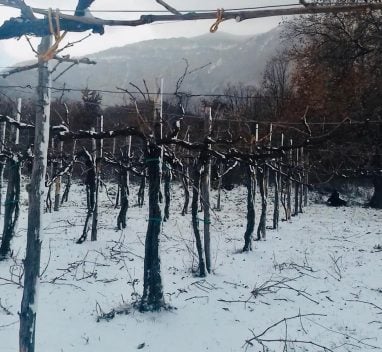
The small trees of Ciro Picariello, in Summonte, covered in snow
Summonte
We are at the northwest end of the appellation, on the first reliefs of Mount Partenio. Summonte, precisely: it is the least cultivated area, with only two winemakers engaged in the production of a mountain Fiano: Ciro Picariello and Guido Marsella. It's Ciro Picariello who explains the characteristics of this area: "70% of the territory is mountainous. The vineyards are between 500 and 700 meters, but we are talking about twenty hectares in total. The soils are clayey, rich in stones, and covered by about a meter of volcanic sands. The climate is very cool, with strong temperature variations of over 20°. Maturation is slow, so much so that we harvest two or three weeks after Lapio. The Fiano here receives power from the clayey soils and great freshness from the altitude: it's deep, long-lived, and always has high acidity." Guido Marsella talks about longevity: a characteristic that gives satisfaction here. "I was the first to plant the vineyard in Summonte in 1990. At that time, Fiano was proposed a few months after harvest because it was thought that whites underwent rapid decay. I had great difficulties when I released the 1997 vintage while everyone was offering the 1999. No one wanted my wine, and I risked closing the winery. Then I started going around and letting people taste the 1997 to show the potential of Fiano: since then, I started selling all the vintages I had in the cellar. It was very difficult: I succeeded only because I produce few bottles. Unfortunately, in Italy, there is still no culture of aging whites."
When Territories Become Labels
If different terroirs in the Fiano area can give different expressions of the same grape variety cultivated at similar latitudes, the Feudi di San Gregorio winery has dedicated a specific line to the interpretation – or rather, the various interpretations – of the territory by the same grape variety. A study on Fiano, precisely, but also on Greco and Aglianico, typical of these areas. We talk about it with Pierpaolo Sirch, director of the Sorbo Serpico cellar, who tells us about the project named Studi: a line of wines created to understand the nuances of the various terroirs of the estate. "It's a project that started about ten years ago, in 2012 to be precise, and aims to tell the nuances of the territory told by the same grape variety: Fiano, Greco, and Aglianico. As for Fiano, we produce four labels named after the Contrade from which the grapes come: Sacconi is born in Sant'Angelo near Summonte; Morandi in Montefredane, Arianiello in Lapio, and Quercia Grossa in Sorbo Serpico."
These are small productions of about 1,500-2,000 bottles per year, vinified in the same way, only in steel and with neutral yeasts to eliminate all possible variables and highlight with maximum transparency the characteristics of the terroir. But, apart from the marketing impact and the quality of the wines, what impact does this project have on understanding the different agronomic and oenological aspects useful for daily work and its improvement? "The Feudi Studi project has certainly helped us understand the territory better and improve the other wines as well," explains Sirch. "The Studi wines have marked the style of the company, with a greater search for acidity, verticality, and greater attention to detail."And that's no small feat.
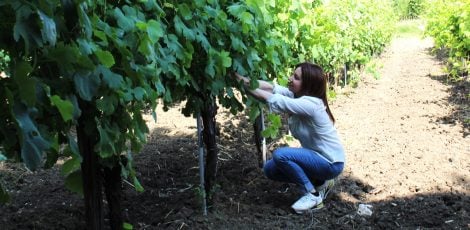
Laura De Vito among her rows in the Lapio area
Record longevity from 9 to 18 years
Roberto Di Meo has a penchant for the long maturation of wines and constantly challenges time with his bottles. "I frequented France, and that was certainly the most important element for my training and curiosity," says the winemaker from Salza Irpina, who produces three Fiano Reserves: Alessandra, which matures for 9 years, 8 of which in steel and one in the bottle; Colle dei Cerri, which ferments and ages in wood and matures in the bottle (12-15 months in barrique and 3-5 years in the bottle); Erminia, which matures for at least 10-12 years in steel and 3-5 years in the bottle. "Steel," Roberto explains, "remains the perfect material for whites, but I wanted to understand what wood could give, imparting a certain note of richness and a slight vanilla nuance to Fiano. Fiano has more predisposition than Greco to aging. The latter is very delicate from the beginning regarding oxidations. Fiano always maintains its integrity, structure, complexity, and has a great ability to evolve."
Small wineries and the choice of crus
Tenuta 23 filari produces two labels from two different vineyards, totaling 8,000 bottles. Rossella Di Benedetto, the very young owner of the winery, tells us about this choice. "I immediately aimed to enhance the idea of territoriality by working on individual crus. We have two plots and produce two labels. Both are vinified in the same way to highlight the differences in the two terroirs, and the two vineyards have antithetical characteristics. The Numero Primo vineyard is 30 years old and is located in Contrada Alimata at 420 meters altitude with southeast exposure, on loose soils with the presence of sands. The Elemento vineyard, on the other hand, is 15 years old and is located at 550 meters in Monticello dell'Orto with north exposure and on a very steep slope, with clayey soils. There is a third label from another vineyard that is over 600 meters: a mountain Fiano, all to be discovered."
Laura De Vito, on the other hand, started producing Fiano only in 2018, offering three labels from three different vineyards in Lapio. "We want to represent all the nuances of a territory followed by winemaker Vincenzo Mercurio. The reception was immediately positive, and enthusiasts perfectly understood our idea. The Li Sauruni cru has a sunny character with fruity aromas and floral hints, the Verzare cru is refined and elegant, characterized by a fresh bouquet with hints of officinal and balsamic herbs. Arianié is born in Contrada Arianiello, has significant acidity and is deep and persistent."
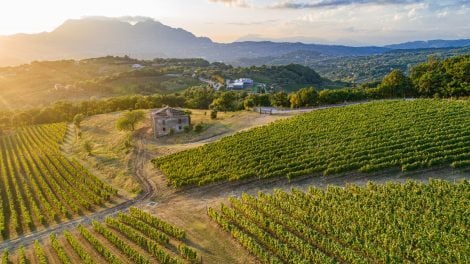
Pietrascilonga Vineyard of Feudi San Gregorio, which has its winery located in Sorbo Serpico
The best Fiano wines from the Province of Avellino
Six Three Glasses and 12 Two Red Glasses: this is the balance of successes that Fiano brings home from the evaluations of the Vini d'Italia guide by Gambero Rosso. Here are the wineries and wines
Tre Bicchieri
Fiano '21 – Pietracupa
Montefredane (AV)
Fiano di Avellino '22 – Di Meo
Salza Irpina (AV) – dimeo.it
Fiano di Avellino Alimata '21 – Villa Raiano
San Michele di Serino (AV) – villaraiano.com
Fiano di Avellino Le Grade '22 – Vinosia
Paternopoli (AV) – vinosia.it
Fiano di Avellino Pietramara Et. Bianca Ris. '20 – I Favati
Cesinali (AV) – cantineifavati.it
Fiano di Avellino Tognano Ris '20 – Rocca del Principe
Lapio (AV) – roccadelprincipe.it
Due Bicchieri Rossi
Fiano di Avellino '22 – Colli di Lapio
Lapio (AV) – collidilapio.it
Fiano di Avellino '22 – Tenuta Scuotto
Lapio (AV) – tenutascuotto.it
Fiano di Avellino Arianè '20 – Laura De Vito
Lapio (AV) – lauradevito.it
Fiano di Avellino Bacio delle Tortore '22 – Passo delle Tortore
Pietradefusi (AV) – passodelletortore.it
Fiano di Avellino Boschi a Lapio Ris. '21 – Macchie Santa Maria
Montemiletto (AV) – macchiesantamaria.it
Fiano di Avellino Ciro 906 – Ciro Picariello
Summonte (AV) – ciropicariello.it
Fiano di Avellino Clos d'Haut Ris. '21 – Villa Diamante
Montefredane (AV) – villadiamante.wine
Fiano di Avellino Colle delle Ginestre Ris. '19 – Tenuta del Meriggio
Montemiletto (AV) – tenutadelmeriggio.it
Fiano di Avellino Elemento '21 – VentitréFilari
Montefradane (AV) – ventitrefilari.com
Fiano di Avellino Montelapio '22 – Villa Matilde Avallone
Cellole (CE) – villamatilde.it
Fiano di Avellino Paladino Ris. '21 – Colli di Castelfranci
Castelfranci (AV) – collidicastelfranci.com
Fiano di Avellino Pietracalda '22 – Feudi di San Gregorio
Sorbo Serpico (AV) – feudi.it

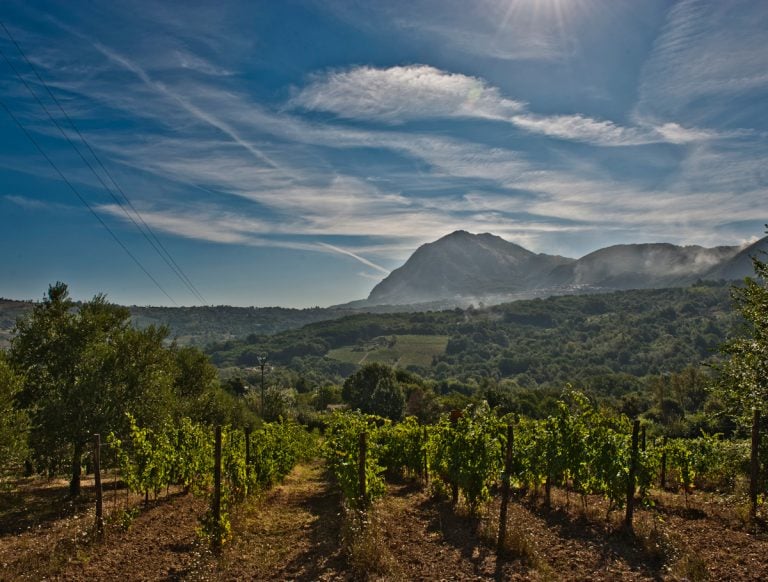
 A top gelato maker from Florence launches flavours dedicated to women who made history
A top gelato maker from Florence launches flavours dedicated to women who made history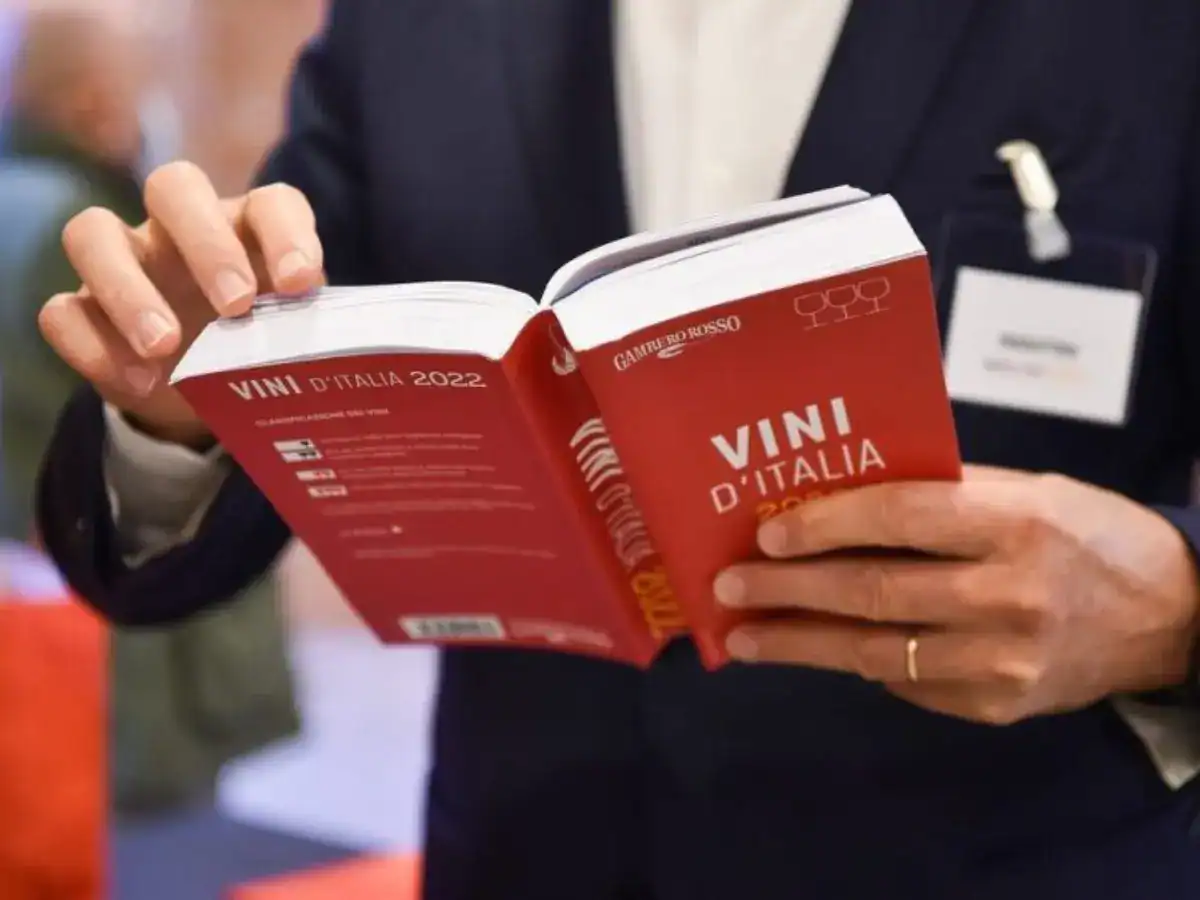 How the Gambero Rosso Vini d’Italia Guide works: the Tre Bicchieri method
How the Gambero Rosso Vini d’Italia Guide works: the Tre Bicchieri method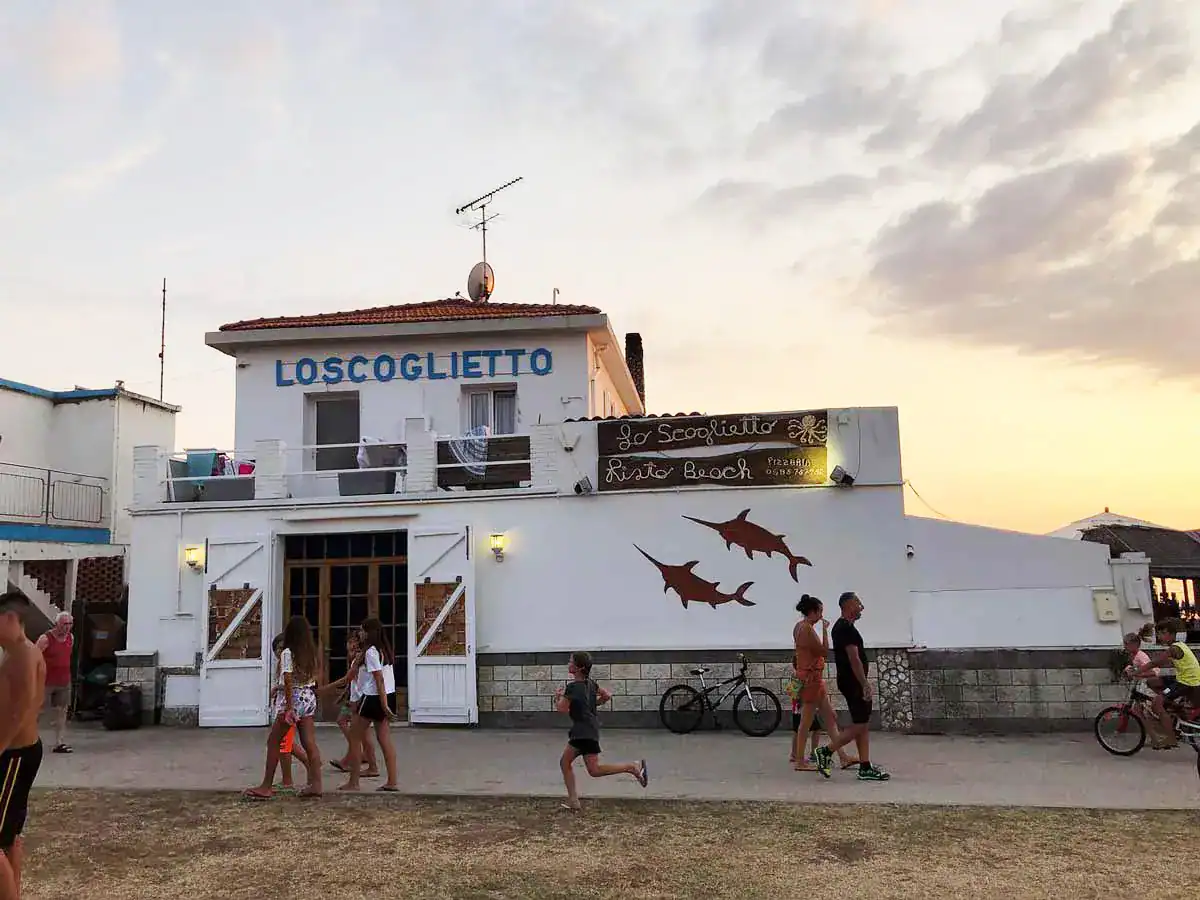 The secret life of the beach club with over a thousand (stunning) bottles on the menu
The secret life of the beach club with over a thousand (stunning) bottles on the menu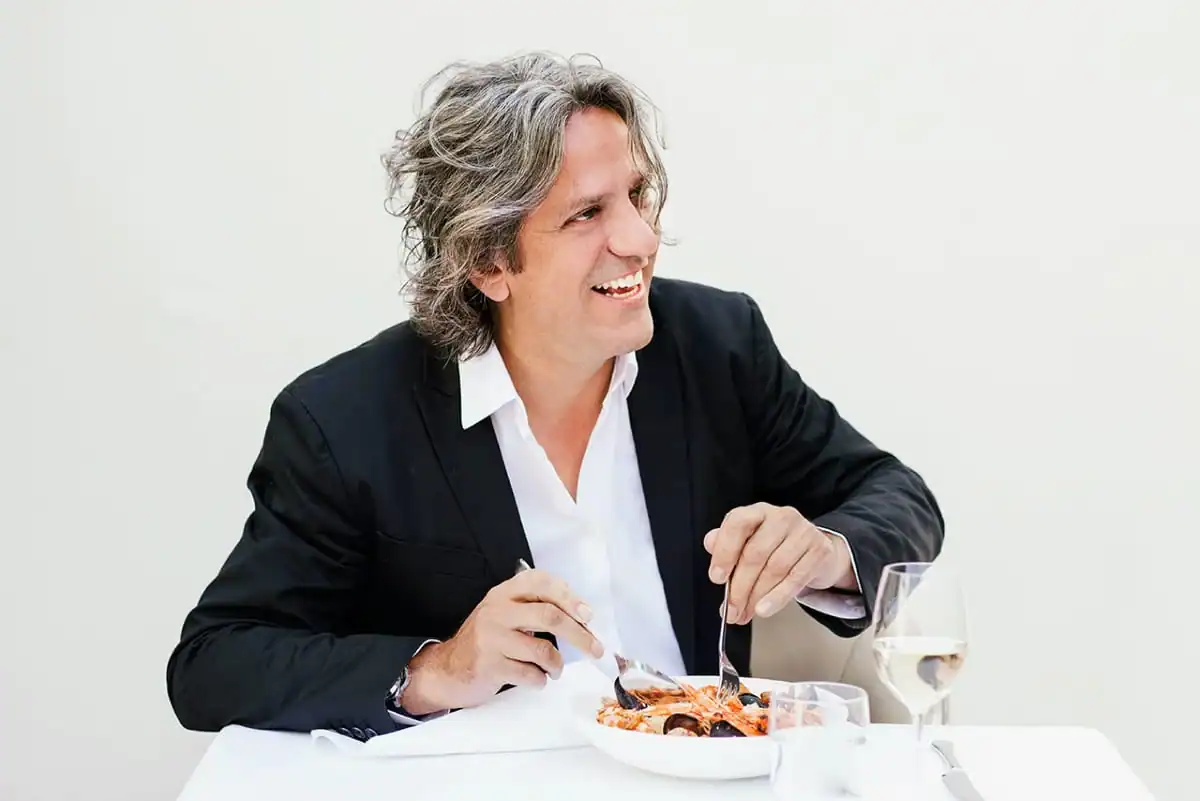 We tried Locatelli’s new restaurant in London: here’s what it’s like
We tried Locatelli’s new restaurant in London: here’s what it’s like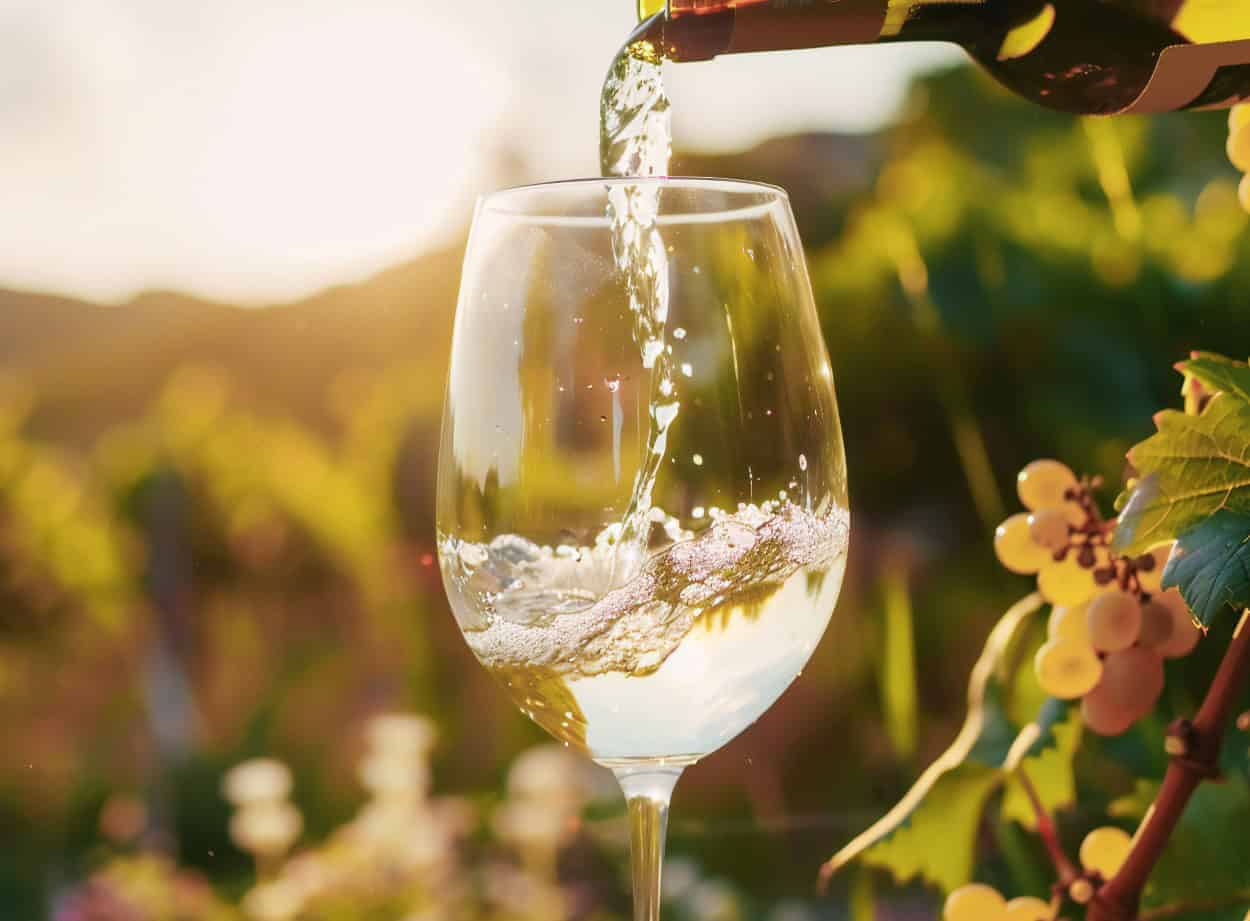 The 10 best value-for-money Pecorino wines from Abruzzo chosen by Gambero Rosso
The 10 best value-for-money Pecorino wines from Abruzzo chosen by Gambero Rosso